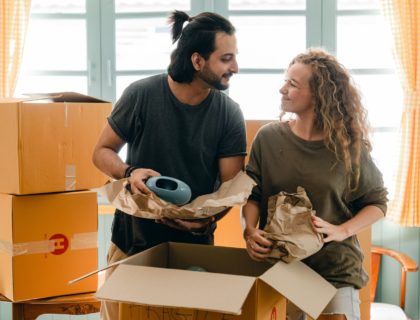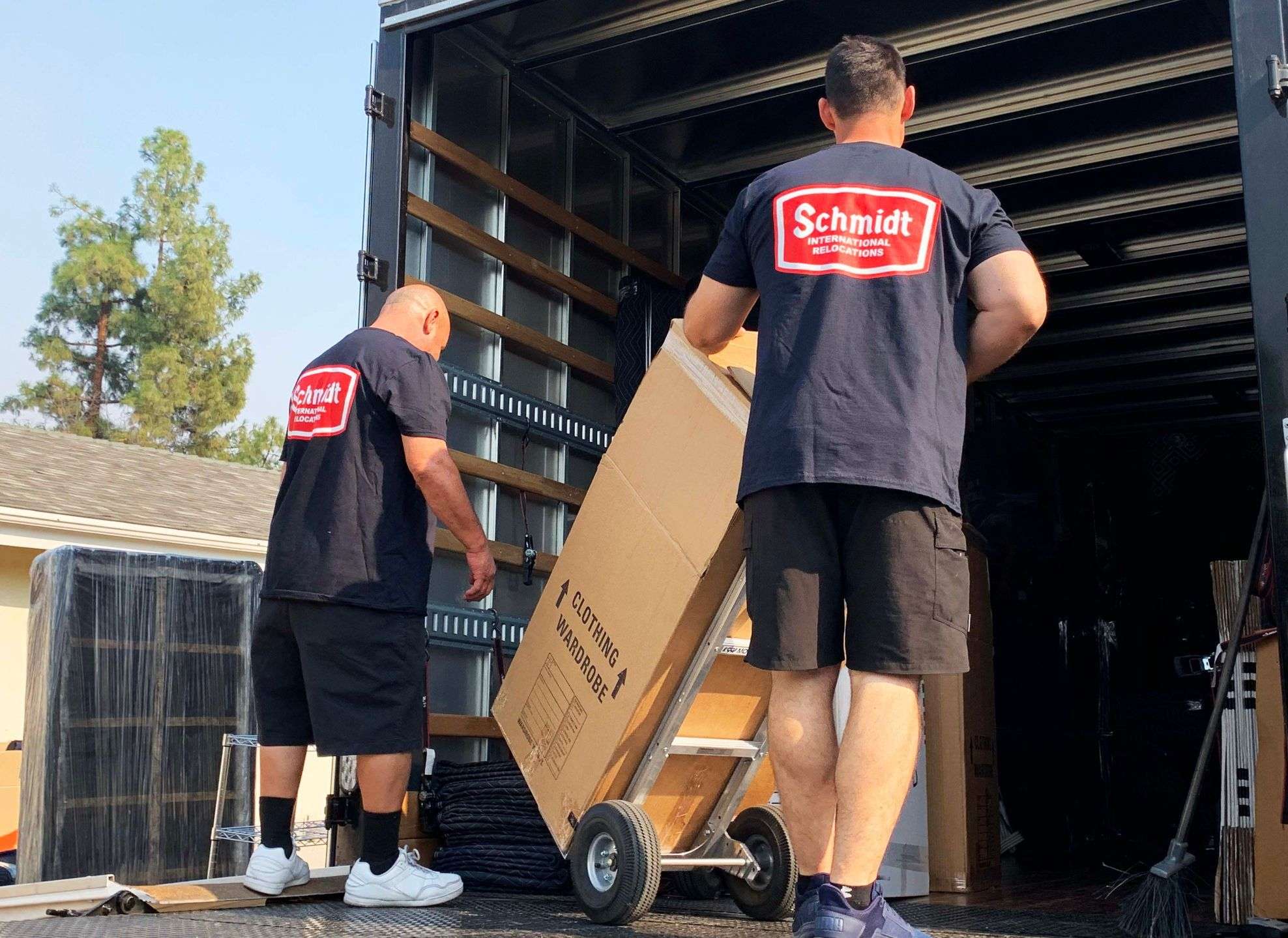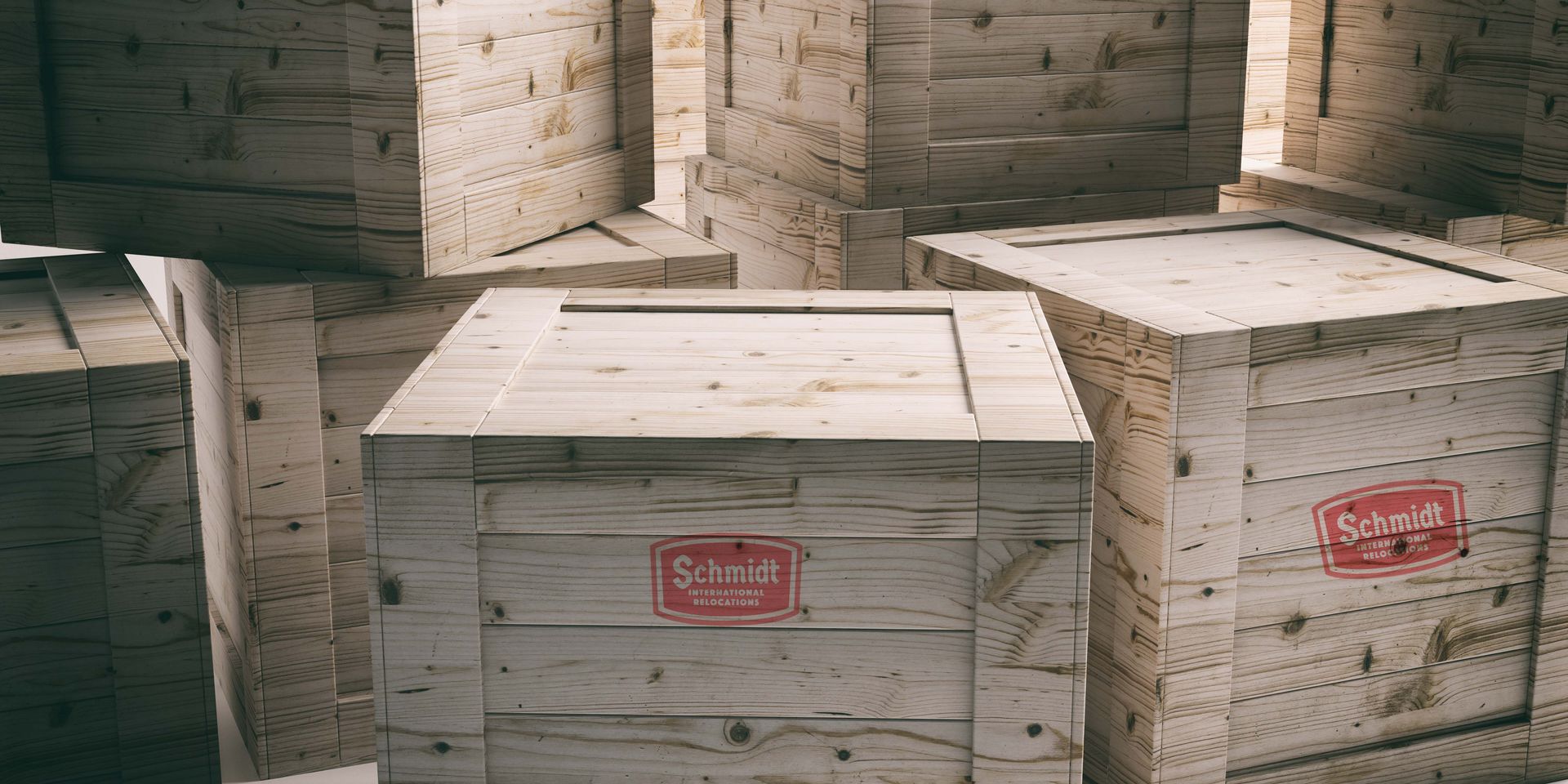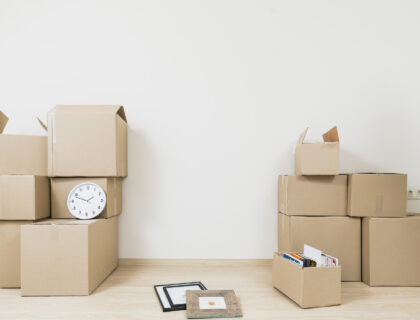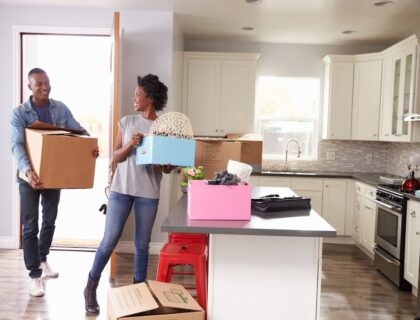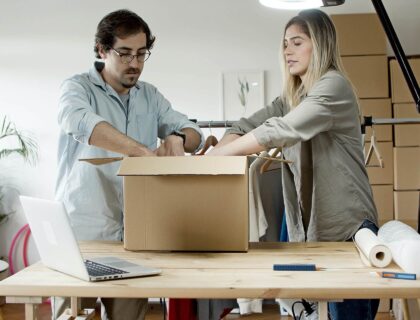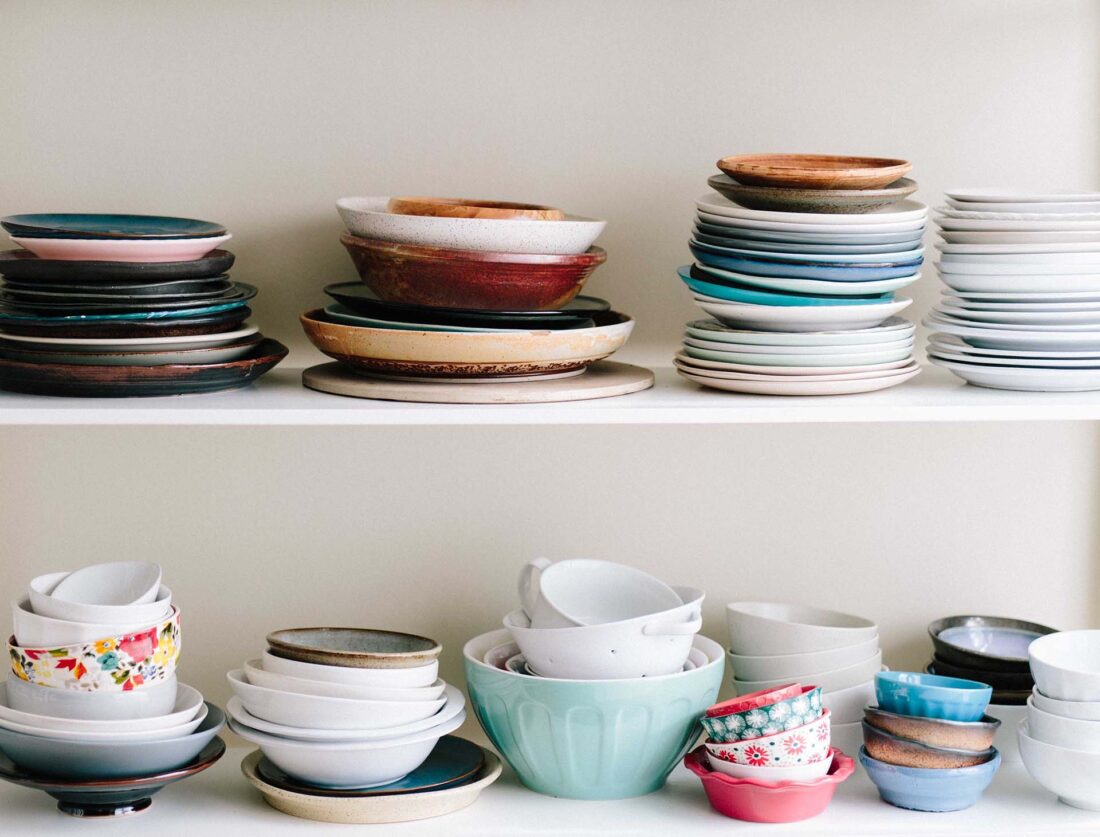

Planning on moving overseas but not sure what to do with your delicate belongings? You are in the right place. Discover the best way to wrap breakables, ensuring their safety during transit. We will offer you some practical international moving tips and expert advice on protecting and packing fragile items, making your relocation experience a breeze.
What Is the Best Way to Wrap Breakables When Moving Internationally
When preparing for a move abroad, safeguarding your easily breakable stuff is essential. Start by selecting appropriate boxing-up supplies and focusing on the unique needs and shapes of your possessions.
Opt for properly sized boxes, ensuring heavier items are in smaller ones to prevent overpacking. Always fill any gaps to avoid movement during transit.
Label your boxes for careful handling and consider insurance for added security. If possible, enlist the help of professional movers with expertise in handling delicate items to ensure a smooth and safe relocation experience.
Understand All the Risks of Relocating Easily Breakable Stuff Internationally
Relocating overseas comes with inherent risks. The journey often involves many risks due to the complexity of handling long distances. The longer the road, the greater the likelihood of accidental drops, bumps, or shifts in transit. These can lead to cracks, chips, or even irreversible breakage. Let’s learn how to predict these hiccups and address them properly.
Common Challenges in International Relocations
International relocations pose unique challenges. First, there’s the issue of inconsistent handling standards across different carriers and countries. Some may handle your belongings with utmost care, while others might not adhere to the same level of diligence.
Additionally, the lengthy transit time increases exposure to temperature fluctuations and humidity, which can affect delicate materials. So, hiring professional movers with the knowledge, right tools, and equipment can mitigate some of these complex and risky endeavors. Their involvement will make your relocation much easier.
Why Knowing How to Pack Breakables Is Important
Protective packing techniques will shield fragile items from vibrations, pressure, and impacts encountered during transport. Vibrations can gradually loosen or shift inadequately secured objects, leading to their damage.
Pressure from over-packed boxes or improperly stacked containers can cause cracks or breakage. Moreover, impacts from drops or collisions, which are not uncommon in transit, can be catastrophic for inadequately protected breakables.
Therefore, understanding and applying appropriate strategies will make your packing process more efficient. It is crucial to ensure the integrity and preservation of your possessions throughout their journey.
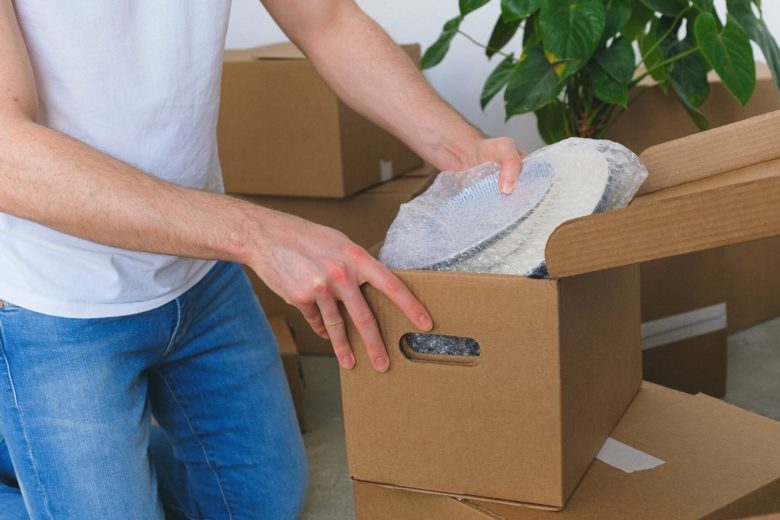
Gather the Right Packing Materials
Having the correct packing materials provides the necessary protection against impacts and pressure. It also helps in organizing and streamlining your boxing-up process.
Choosing quality supplies can make the difference between your belongings arriving intact or ending up damaged. Here’s a detailed list of the best materials for safeguarding your easily breakable possessions:
- Bubble wrap – this is the cornerstone of boxing up delicate objects. Bubble wrap offers excellent cushioning as it absorbs shocks and impacts that occur during transit.
- Clean and tissue paper – ideal for wrapping individual items, clean and soft tissue papers provide an additional layer of protection, preventing scratches and helping to keep things dust-free.
- Foam peanuts and sheets – foam peanuts fill the empty spaces in boxes, preventing movement and shifting of items. Foam sheets can be used to line the boxes for an extra layer of protection.
- Sturdy boxes – choose strong, durable boxes in various sizes. The integrity of the box is crucial in protecting its contents, especially for heavy or particularly delicate stuff.
- Duct tape – high-quality duct tape ensures that your boxes stay securely closed. It’s resilient and offers a strong hold, crucial for long journeys.
- Markers and labels – label each box with its contents and handling instructions. This helps in organizing and ensures careful handling by movers.
- Handling stickers – stickers indicating “Fragile,” “Handle With Care,” or “This Side Up” are essential. They instantly communicate the need for careful handling to anyone involved in the relocation process.
Utilize Eco-Friendly Packing Solutions When Possible
In today’s environmentally conscious world, opting for eco-friendly solutions is not just a responsible choice but a necessary one. Green supplies reduce environmental impact without compromising the safety of your breakables.
Consider using curated cardboard boxes, which are often made from already recycled materials. Instead of traditional supplies, use shirts, socks, and towels to cushion your items. This not only repurposes items you’re already relocating but helps you save some space as well.
Shredded paper, another green choice, can fill voids in boxes and keep objects from shifting. Biodegradable packing peanuts offer the same protection as traditional ones without the environmental toll. Lastly, eco-friendly tape, made from sustainable materials and adhesives, secures your packages while staying kind to the planet.
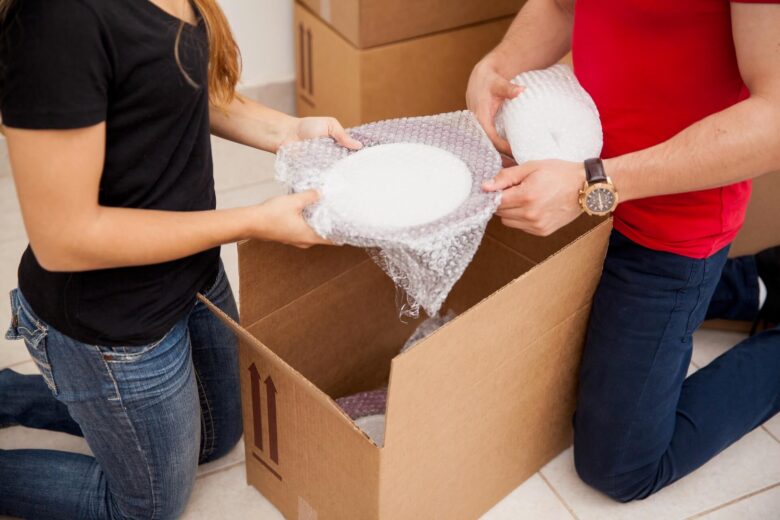
The Art of Wrapping Easily Breakable Stuff When Moving Abroad
Relocating abroad requires meticulous attention to detail and a good plan. This journey is not just about ensuring your belongings are shielded during transit. It’s about preserving their integrity. Every item demands a unique approach in wrapping to withstand the rigors of relocating across the world.
Tips for Wrapping Common Household Fragile Items
As we just mentioned, every item you want to pack will require a different approach. Your collection of glasses calls for a delicate touch. Begin by filling each piece with tissue paper, providing internal support. Then, wrap each item in bubble wrap, covering all edges securely.
Ceramics, on the other hand, need an initial layer of tissue paper to prevent scratches, followed by a thick layer of bubble wrap, paying extra attention to handles and spouts. Artwork and mirrors require a different strategy.
For frames, use painter’s tape to make an “X” over the glass to prevent shattering. Wrap the frame in bubble wrap and place it in a picture or mirror box or a foam-lined box. Canvas paintings should be wrapped in acid-free paper, then bubble-wrapped and snugly boxed up.
Special Considerations for Uniquely Shaped or Overly Sensitive Possessions
Unique or overly sensitive items demand special consideration when relocating to a new home. For oddly shaped objects, tailor the boxing-up process. Create a secure base of bubble wrap or foam in a snug-fitting crate, using additional padding to fill any voids.
Double-boxing techniques for delicate objects are vital for their integrity. Start by wrapping the item, putting it in a small container, and then placing that box inside a larger one that is filled with cushioning material.
For valuables or things of high sentimental value, professional packing services can provide the expert care and materials necessary for safe transport. Hiring a moving company will help mitigate some of that relocation stress and offer a piece of mind, knowing that your belongings are in capable hands.
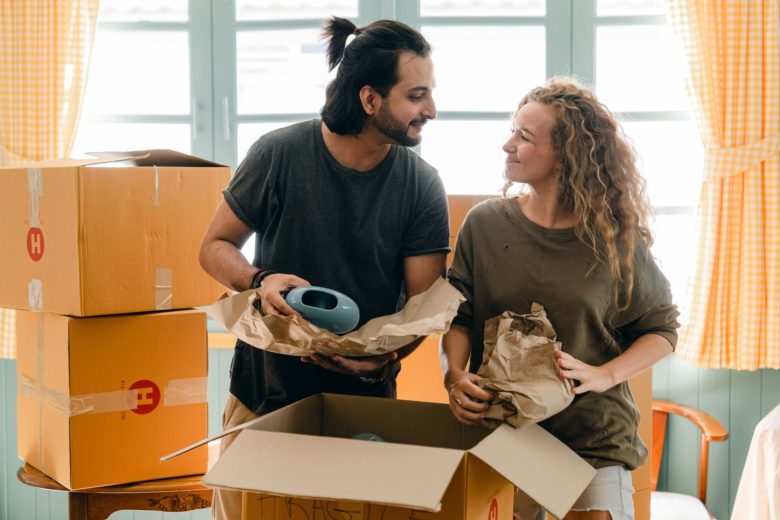
Carefully Pack Your Boxes for Maximum Protection
When relocating to another country, how you pack your boxes can make all the difference. This whole ordeal is not just about filling them up.
It’s about strategically layering and placing your belongings for maximum protection. This careful endeavor is essential to prevent movement, absorb shocks during transit, and alleviate some of that anxiety about relocating into the unknown.
Utilize These Layering and Cushioning Techniques
To start, place a layer of cushioning material at the bottom of the box. This could be foam sheets, bubble wrap, or even crumpled paper. Then, place the heaviest items at the bottom, adding layers of cushioning between different tiers of items.
Wrapped and secured breakables should be placed in the center of the box, surrounded by cushioning on all sides. Fill any remaining spaces with more padding to prevent any movement.
Finish this process by putting a layer of foam sheet or bubble wrap as the top layer. This way, you will ensure that when the box is sealed, the contents are snug and secure, with no room for mistakes or damage.
Securing Each Box Is a Must
Use high-quality tape to seal the box’s top and bottom seams. For added security, apply the tape across the seams and around the edges where stress is concentrated. If the contents are particularly heavy or valuable, consider strapping the box for extra reinforcement.
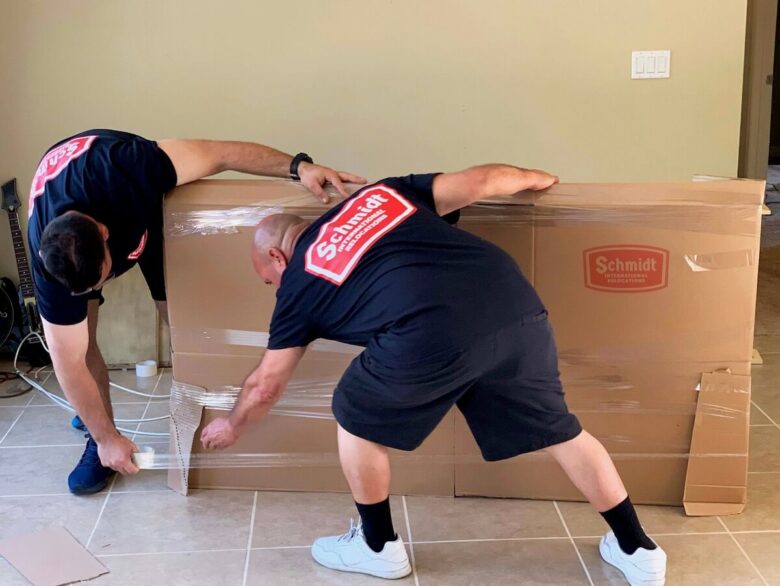
Consider Hiring Movers for a Smother Relocation Process
Navigating an international relocation can be a tiring task, especially when considering the complex documentation, customs rules, and regulations involved. The process can quickly become overwhelming, especially if you’re relocating alone. However, there’s no need to worry.
With Schmidt International Relocations, transitioning to your new city becomes a streamlined and hassle-free experience. Our expertise in international moving by sea or air ensures that every detail is handled with precision and care.
From managing the intricate paperwork to adhering to various international customs regulations, we make the process more efficient and seamless. Trust in our unmatched expertise to make your relocation a stress-free journey.
These Are the Benefits of Custom Crating
Custom crating involves creating tailor-made containers designed to fit your unique possessions perfectly, providing unparalleled protection during transit. Whether it’s artwork, antiques, or electronic equipment, custom crating ensures that each item is securely encased in a protective shell.
Schmidt International Relocations excels in this field as well. We offer crating solutions that are specifically designed to protect your most precious belongings. Our expert team assesses each item’s specific needs, ensuring that every crate is built to offer maximum protection, considering factors like size, weight, and sensitivity.
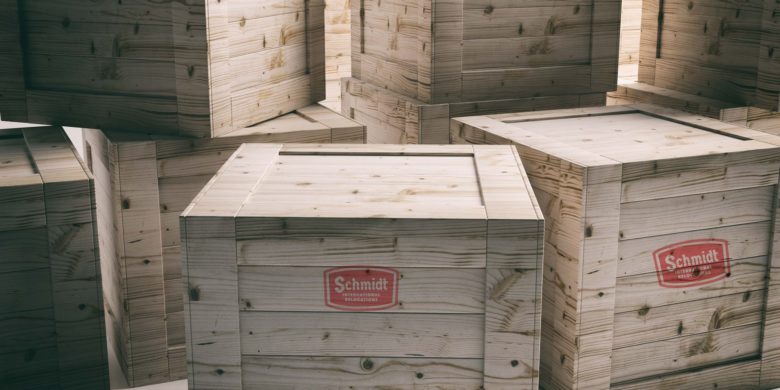
Let Our International Moving Company Secure Your Treasures for the Journey
Every relocation can be an intricate and time-consuming endeavor. Handling these complexities can easily become overwhelming. However, the journey becomes a breeze with the right partner guiding you every step of the way.
Schmidt International Relocations stands out as this ideal partner. Our expertise in international relocations is unmatched, and our commitment to securing your treasures for the journey is unwavering. So, don’t shy away from reaching out to us and leave your international relocation in our capable hands.
FAQ
What Should I Do if My Breakables Are Damaged During the Move?
Take clear photographs of the broken stuff and the condition of their packaging during the post-move damage assessment. This visual evidence is crucial for any insurance claims. Contact your service provider as soon as possible to report the damage.
Keep all paperwork and correspondence related to the relocation and the damaged items, as they will be important for your claim. Remember to review your moving contract for specific procedures and timelines for filing a claim. Acting swiftly and methodically is key to ensuring a smooth claims process.
How Do I Choose the Right Type of Insurance for My Valuable Breakables?
There are generally two types of insurance you can choose from. Mandatory Liability Coverage covers 60 cents per pound of damaged goods, while Full Value Protection will cover repairs, the item’s replacement, or reimbursement of its full value.
For valuable breakables, Full Value Protection is typically recommended. Consult with your company to understand the specifics of each policy, including deductibles, coverage limits, and exclusions. It’s also wise to appraise your valuables before the move, ensuring accurate coverage based on their worth.
What Are Some Common Mistakes to Avoid When Packing Breakables?
Some of the most common mistakes include underestimating the amount of padding needed. Using poor-quality supplies, overpacking boxes, and neglecting to label them are also common missteps. It’s crucial to wrap each object individually and provide ample cushioning to absorb shocks.
Avoid using materials that can transfer ink or residues, like newspapers. Boxes should be filled to prevent items from shifting but not so full that they become heavy and hard to manage. Proper labeling alerts movers to handle these boxes with extra care.
How Can I Protect My Breakables From Temperature Changes During Transit?
To protect your stuff from temperature changes during transit, consider using insulated packing materials. This could include foam insulators, thermal bubble wrap, or insulated box liners.
These supplies help maintain a more consistent temperature inside the box. If relocating possessions sensitive to humidity, include silica gel packets to absorb moisture. Additionally, try to plan your relocation during milder weather conditions and inquire with your company about climate-controlled transportation options.

